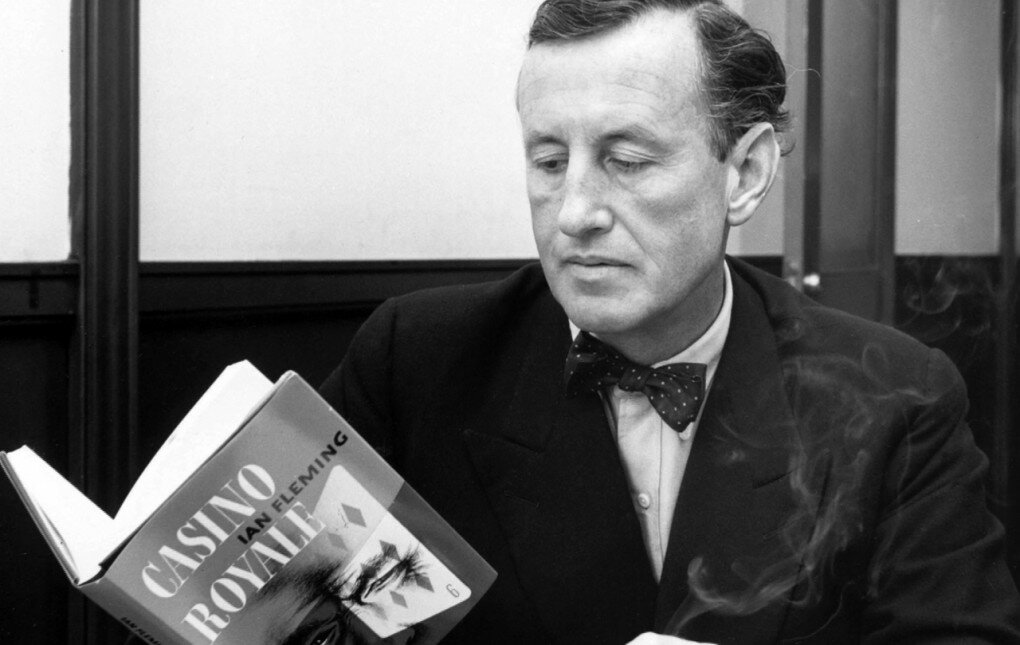Bow ties are extremely difficult to wear properly as they are one of the most complex accessories one can own.
Indeed, I’ve only recently purchased my first bow tie on the recommendation of a friend who informed me of an excellent mid grey wool bow tie from M.J. Bale. The fact that this is only my first bow tie might come as a surprise to some but I actually find bow ties to be strange little things. To quote Kevin Hart: “Let me explain”.
According to Rob Shields, professor of sociology and art design at the University of Alberta, the bow tie is an extremely difficult accessory to wear as “wearing a bow tie is to be dressed in a mantle of contradictory signification: it is to locate oneself at an unstable nexus”. This he explains is because the bow tie is an article of clothing with unclear, even contradictory meanings being both associated with the uniform of servants, and the costumes of aristocrats and intellectuals. Though this gives the bow tie its “je nais sais quoi”, wearing a bow tie can be problematic if its semantic complexity is not grasped by the wearer.

For example in the photo above, notice how the bow tie does not harmonise with the rest of the ensemble and actually competes with the other elements because of its ‘unstable coding’. Instead of lending ceremony to the ensemble and transforming it into something “classy”- as one might find with a black bow tie worn with a dinner suit- the bow tie here appears ostentatious and deliberate therefore making the wearer appear too self-conscious about it. Additionally the lack of a jacket shapes the way in which we read the bow tie making the wearer appear more like a waiter or a vaudevillian entertainer than a gentlemen.
Additionally there is the issue of bow-tie knots to consider as “there is no point in sporting a bow tie unless you plan on tying it yourself; place a mathematically perfect, pre-tied bow under your chin and you forsake all individuality” to quote menswear writer, Alan Flusser. Consequently wearing a symmetrically perfect bow tie does not actually help to express the wearer’s individuality but actually serves to undermine it (the effect is similar to a casual tie worn with a Windsor knot as opposed to a four in hand knot).
To observe a bow tie worn properly Winston Churchill is a perfect example.

Notice the way in which Churchill’s has tied his butterfly-shape bow tie. Compared to the pre-tied bow tie in the first example, the loops and imperfections in the knot creates a sense of aplomb and individuality (to find a fantastic replica of the piece I highly recommend Le Noeud Papillon‘s Churchill Bow tie).
Secondly, note the juxtaposition between the heroic masculinity of the 3 piece suit – emphasised by the broad notch lapels, flannels and bold chalkstripe- and the bow tie. Unlike the first example, Churchill’s bow tie here is not jarring but additive: the severe ensemble (the absence of a pocket square is a master touch) counterbalances the frivolity of the bow tie creating a look that emphasises his virility as opposed to undermining it. The effect is similar to wearing a light pink shirt with a charcoal pinstripe suit.
Though I am not confident as to whether I would be able to execute a bow tie as well as Churchill did, I cannot eliminate the possibility that one day I won’t be as equally taken by bow ties as I am today about my tweeded silks. People change and so do their tastes. After all I am a strange guy and bow ties are strange things.

